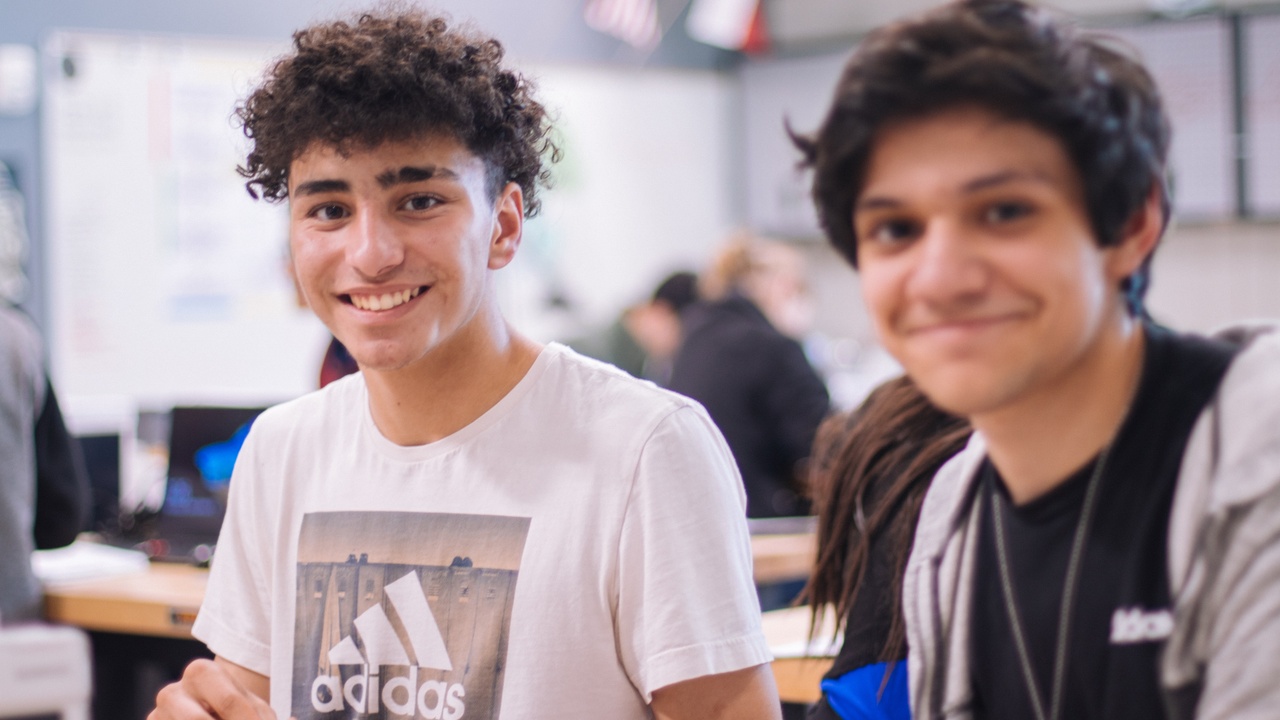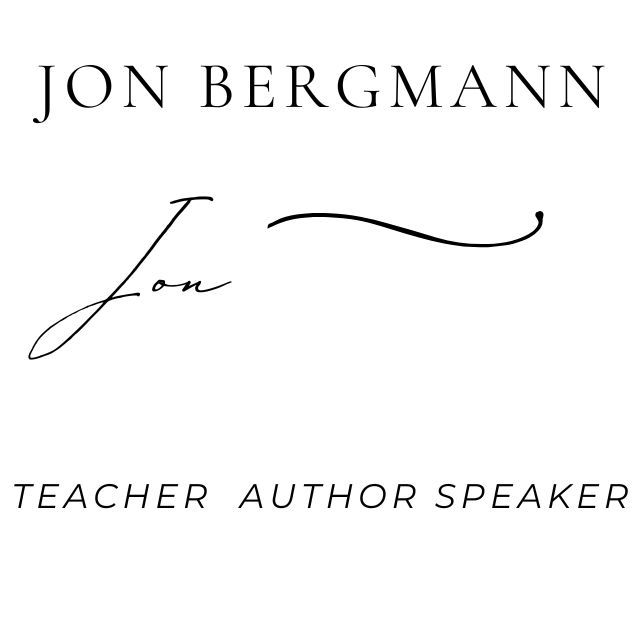The Flipped Classroom: A Student’s Perspective

We know how critical the dialogue between the teacher and the student is, and how easily communication can be a breakthrough or a breakdown in the success for the students. The relationship between how the educator conducts class time and homework is a complicated algorithm, depending on precision and reasoning. One voice we don’t often hear from is the student perspective so I asked my daughter, who often co-presents with me, to write a blog from her perspective. Below is her unique take on Flipped Learning.
What is Flipped Learning, you may ask? It is where learning is personalized to the student and students takes ownership of their learning. Thus it makes perfect sense to bring in the student perspective to keep the flipped conversation going. So I’d like to introduce my daughter, Kaitie Bergmann. Have a look at what she has to say...
“I found my years in a flipped class environment to be more to me than just a chemistry class. I learned so much more than chemical equations and plate tectonics. I learned how to learn. While I was a student at the Woodland Park High School, in Colorado, I took two flipped classes. I was in honors freshman earth & space science and then my sophomore year I took flipped chemistry. I’m lucky to have a sense of both the flipped and traditional classrooms to see how much I have taken from the experience.
For the first time ever I had the ability to “pause the teacher” while watching the lectures online. Working on my own timetable allowed me to explore learning styles and techniques, and to hone in on the way that I learn best. The tailorability of the flipped classroom was cool as well because I saw my peers learning in their own style (for example, watching the videos at two times the speed when they got it, or conversely watching the videos multiple times) and excelling in the class.
One of the coolest things that came out of the flipped-mastery classroom for me was the ability to step up and take responsibility for my own learning at a pace that worked for me. I got to choose when to listen to a lecture, decide what was the best use of my class time, such conducting a lab, doing a worksheet, asking for help, or working in a small group, and then work towards the weekly stated goals.
Another reason I enjoy the flipped class so much is the stress-free environment it creates. I cannot remember a time when I was stressed out about my flipped chemistry classes. I most definitely have been stressed about other classes that are not taught in the flipped classroom model, and I looked forward to my flipped class. I always knew I could get the help I needed, take the tests multiple times, and I knew what I needed to complete and learn by the end of the week. I see so many students in high school who stress way to much and I think that the flipped classroom can be part of the answer to that overload of homework-related stress.
The bottom line is that I learned in the flipped classroom. And that learning that occurred helped me get through many classes in high school, simply by learning how to learn. I hope that you enjoyed hearing from a student as much as I enjoyed sharing. I’m going to send this back over to my dad for his final thoughts.”
And there you have it. Students of every grade level and all subject areas are energized by the concept of flipped learning.
Photo by Jeswin Thomas on Unsplash
Jon's created several courses that will help you in the age of AI. Each short course will help you become a better teacher.
